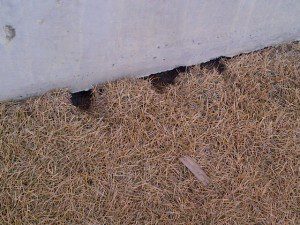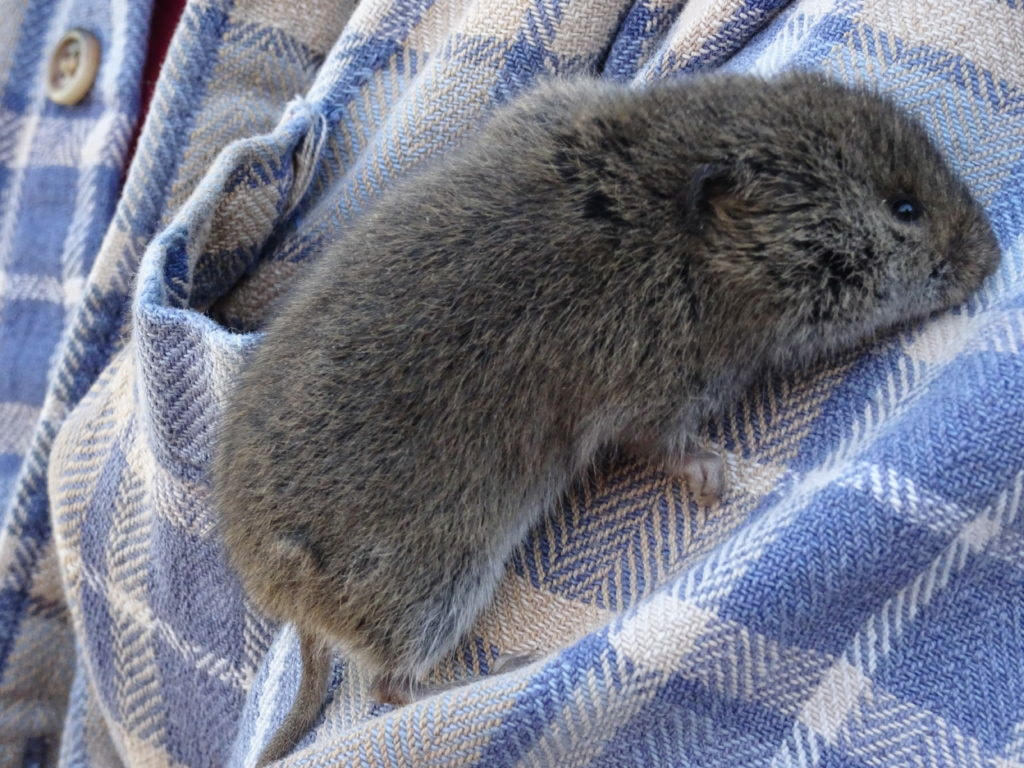Comprehending Vole Yard Damage and Just How to Fight It
Comprehending Vole Yard Damage and Just How to Fight It
Blog Article
Comprehensive Guide to Effective Vole Insect Control: Problem Recognition and Treatment Methods
In the world of efficient parasite control, vole problems position an unique obstacle that demands a critical method. These tiny rodents, frequently mistaken for mice, can wreak mayhem on gardens, yards, and plants if left unattended. Recognizing the indications of vole presence and carrying out targeted treatment approaches are vital parts of a successful parasite administration plan. By discovering the nuances of vole habits, recognizing essential signs of invasion, and evaluating a series of control choices, one can develop a detailed strategy to fight these evasive pests.
Understanding Vole Habits
Vole actions is defined by their tunneling behaviors and rapid recreation prices, making them a difficult pest to regulate successfully. Their quick reproductive rate more makes complex control initiatives, with females qualified of generating numerous trashes in a solitary year, each consisting of a number of children.
Understanding vole habits is essential for reliable pest control approaches. By identifying their burrow areas, keeping an eye on feeding locations, and carrying out targeted control approaches, such as trapping or environment alteration, vole invasions can be managed effectively.
Indications of Vole Invasion

Prevention Techniques
Carrying out efficient prevention strategies is important in reducing vole invasions and protecting greenery from their damaging feeding practices. To stop vole infestations, it is vital to start by getting rid of possible food sources and shelter.
On a regular basis evaluating the residential or commercial property for indications of vole activity, such as paths and delve openings, is vital for very early detection and prompt action. Take into consideration using catches or repellents purposefully positioned near their paths if vole task is believed. Employing natural predators like owls or snakes can also help maintain vole populations in check. By implementing a mix of these avoidance methods, gardeners and home owners can properly secure their greenery from vole damages.
Non-Lethal Control Methods
To properly handle vole populations get redirected here while prioritizing gentle approaches, non-lethal control strategies use functional options for decreasing vole damage in yards and landscapes. One effective approach is making use of physical obstacles such as hardware towel or cable mesh to shield prone plants. These obstacles can be hidden at the very least 12 inches deep and curved at a 90-degree angle to avoid voles from tunneling beneath. Furthermore, environment adjustment can hinder voles by lowering their preferred food sources and hiding areas. Keeping a well-mowed grass, eliminating particles, and maintaining plant life cut can make the atmosphere less appealing to voles.

Lethal Control Options
One effective approach for dealing with vole problems in yards and landscapes entails the tactical use of lethal control alternatives. When faced with an extreme vole invasion that non-lethal techniques have fallen short to include, carrying out lethal control measures comes to be vital. In general, when utilizing deadly control choices, it is necessary to do so sensibly and in conformity with regional laws to properly handle vole invasions.
Conclusion
In verdict, effective vole pest control requires a comprehensive understanding of vole actions, identification of indicators of infestation, execution of avoidance methods, and utilization of both non-lethal and dangerous control techniques. By combining these approaches, individuals can effectively handle vole populations and shield their residential property from damage. It is important to attend to vole problems quickly to stop more issues and lessen the influence on the surrounding environment.
Offered the elaborate passage systems and quick reproduction rates particular of voles, acknowledging the indicators of vole problem becomes necessary in reliable insect control. One of the key indicators of vole existence is the existence of surface area runways or tracks in yard or snow, generally regarding 1-2 inches vast, read created as voles take a trip between their burrows and food sources.To successfully handle vole populaces while prioritizing humane techniques, non-lethal control look what i found strategies offer useful services for decreasing vole damages in landscapes and yards.One efficient method for resolving vole problems in landscapes and yards entails the strategic use of dangerous control alternatives. vole lawn damage.In final thought, effective vole bug control needs a thorough understanding of vole actions, recognition of indicators of problem, implementation of avoidance approaches, and application of both non-lethal and dangerous control methods
Report this page